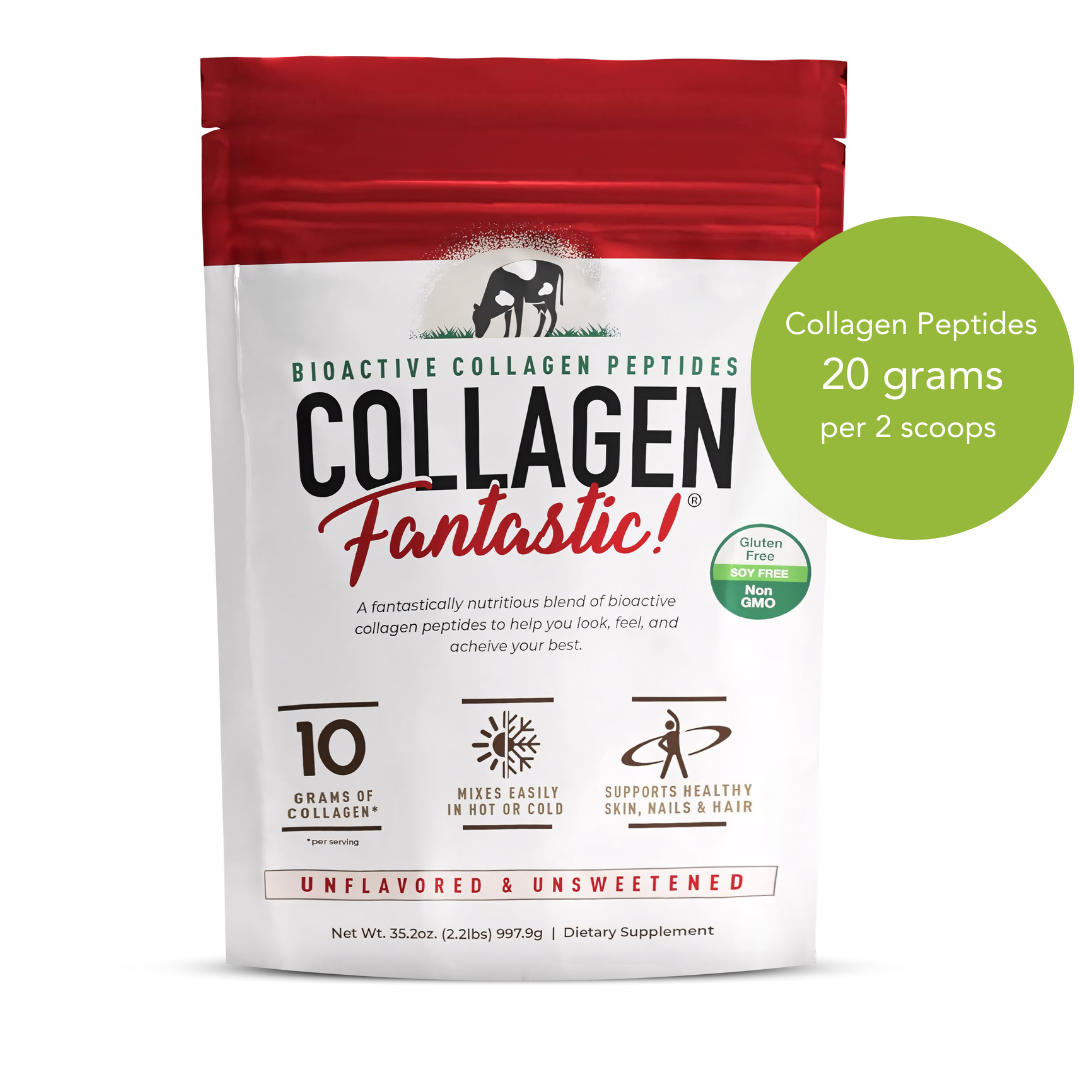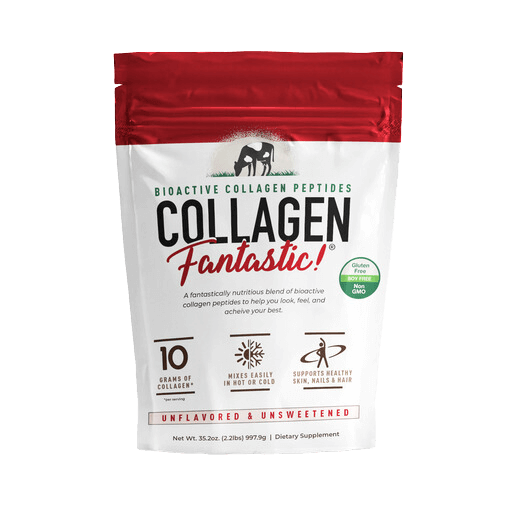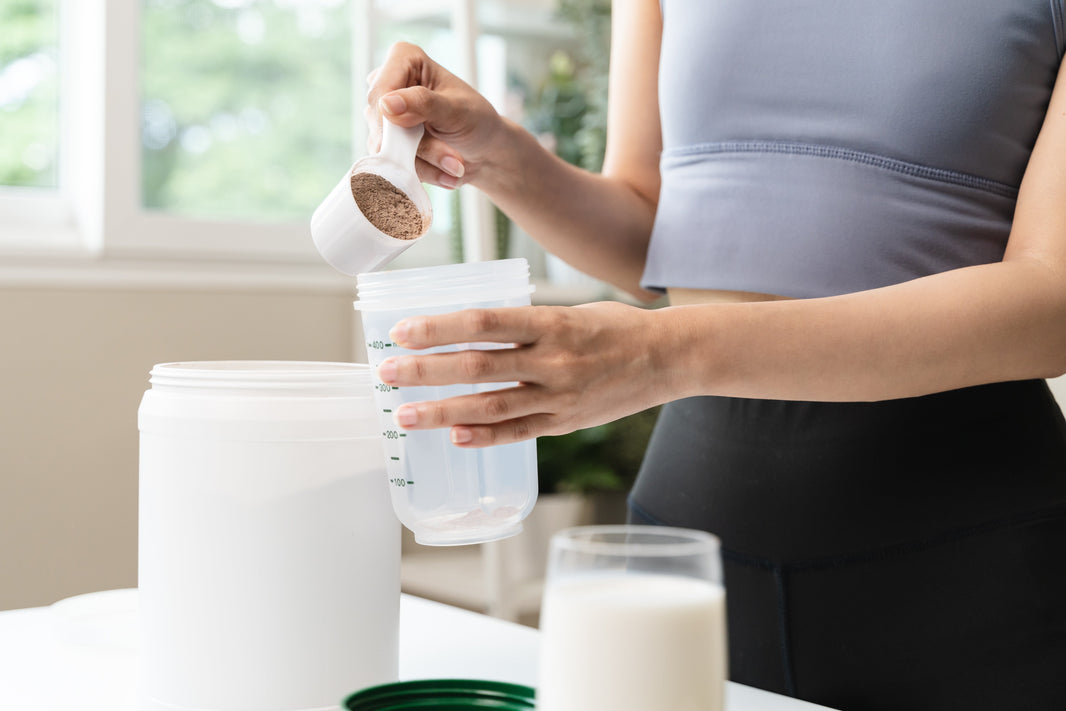Key Takeaways
-
Building and maintaining lean muscle after 40 is entirely achievable with the right combination of nutrition, training, recovery, and consistency.
-
Aging naturally reduces muscle mass and metabolism, but strength training and adequate protein can reverse much of that decline.
-
The biggest mistakes adults over 40 make are under-eating protein, over-relying on cardio, and neglecting recovery.
-
Whey protein and creatine monohydrate are two of the most researched, effective, and safe supplements for supporting lean muscle at any age.
-
Consistency matters more than perfection. With small, daily habits, you can stay strong, energized, and capable well into your later years.
Introduction: Why Muscle Matters More Than Ever After 40
You don’t have to be an athlete to want to stay strong.
But once you reach your 40s, maintaining lean muscle becomes less about vanity and more about vitality—how you feel, move, and age.
After 40, the body naturally begins to lose about 3–8% of muscle mass per decade, a process called sarcopenia. Along with it comes a slower metabolism, decreased strength, and reduced energy. But here’s the good news: you can stop it, and even reverse it.
Muscle is one of the most powerful predictors of longevity. It keeps you active, supports healthy joints, protects your bones, and even improves insulin sensitivity. It’s not just for athletes—it’s for anyone who wants to age with strength and independence.
Let’s break down what happens to muscle as we age, and exactly what to do about it.
The Physiology of Muscle After 40
As we get older, several physiological shifts start working against muscle growth:
-
Hormonal changes: Testosterone, estrogen, and growth hormone gradually decline, reducing muscle protein synthesis.
-
Anabolic resistance: Your muscles become less responsive to dietary protein, meaning you need more to get the same muscle-building effect you once had.
-
Reduced physical activity: Work, family, and stress often push structured exercise down the list of priorities.
-
Slower recovery: Post-workout soreness lingers longer, making consistency harder to maintain.
These changes are normal—but not inevitable. With smart nutrition and strength training, your muscles can remain just as functional and strong as ever.
Step 1: Prioritize Protein Every Single Day
Protein is the cornerstone of muscle maintenance.
If your goal is to build or preserve lean mass after 40, your number-one focus should be meeting your daily protein needs.
How Much Protein Do You Need?
A good target is 0.8 to 1.0 grams of protein per pound of body weight per day.
So a 160-pound person would aim for roughly 130–160 grams of protein daily.
Spread that intake across meals—25–35 grams per meal—to keep your body in a positive protein balance throughout the day.
Why It’s So Important
As we age, our muscles become less sensitive to protein. That means smaller amounts (like the protein in a typical breakfast of cereal or toast) won’t stimulate repair and growth effectively.
You need both quality and quantity.
Easy Ways to Get There
-
Breakfast: 3 eggs with Greek yogurt or a scoop of protein in oatmeal
-
Lunch: Chicken, salmon, tofu, or lentil-based bowls
-
Dinner: Lean beef, fish, or quinoa + beans
-
Snacks: Protein shakes, cottage cheese, or jerky
If that sounds like a lot of food, it’s where Fantastic Nutrition Whey Protein ([link to whey protein product page]) becomes a convenient, clean solution. It’s fast-digesting, easy on the stomach, and provides the full amino acid spectrum for muscle repair.
Step 2: Strength Train (Smarter, Not Just Harder)
To maintain or build muscle after 40, you have to send your body the right signal—and that signal is resistance training. Cardio keeps your heart healthy, but it doesn’t build lean tissue.
Why Strength Training Works
Every time you lift, push, or pull against resistance, your muscle fibers experience controlled stress. In response, they repair stronger and denser than before.
This adaptation helps offset hormonal decline, increases metabolism, and strengthens bones.
How Often Should You Train?
Most adults see excellent results with 3–4 strength-focused workouts per week, each targeting major muscle groups:
-
Lower body (legs, glutes)
-
Upper body (chest, back, arms)
-
Core and stability
Alternate workout days to allow full recovery between sessions.
What Kind of Training Is Best?
-
Compound movements: Squats, deadlifts, rows, presses—multi-joint exercises that recruit several muscles at once.
-
Progressive overload: Gradually increase weight, reps, or time under tension over time.
-
Bodyweight + free weights: You don’t need machines; resistance bands, dumbbells, or your own bodyweight work fine.
Pro Tip: Recovery days are part of the plan. Muscles grow during rest, not during the workout itself.
Step 3: Add Creatine for Strength, Energy, and Recovery
Creatine monohydrate is one of the most studied and effective supplements for muscle growth, endurance, and energy regeneration—and it’s especially beneficial as we age.
How It Works
Creatine helps your muscles store more phosphocreatine, which is used to regenerate ATP, the body’s energy currency. More ATP means your muscles can contract harder and longer before fatigue sets in.
For adults over 40, this translates to:
-
Stronger workouts with higher output
-
Improved muscle recovery
-
Better cognitive performance
-
Reduced fatigue
How to Take It
-
Dose: 3–5 grams per day
-
Timing: Any time of day—consistency matters more than timing.
-
Form: Stick with creatine monohydrate, the purest and most studied form.
Fantastic Nutrition’s Creatine Monohydrate ([link to creatine product page]) is unflavored and dissolves easily in any beverage. Take it daily, with or without food.
Why It’s Especially Valuable After 40
Creatine supports both muscle strength and cognitive function, making it a dual-benefit supplement for performance and long-term wellness. It’s safe for healthy adults and works synergistically with protein and strength training.
Step 4: Make Recovery a Priority
Recovery is where muscle actually grows. After 40, recovery doesn’t happen as fast as it used to—but with a little attention, it can be just as effective.
Key Recovery Strategies
-
Sleep 7–9 hours: Growth hormone peaks during deep sleep, driving tissue repair.
-
Hydrate well: Muscles are about 75% water; even mild dehydration limits performance.
-
Active rest: Walking, stretching, or yoga promotes circulation without overexertion.
-
Nutrition post-workout: Combine protein and carbohydrates to replenish glycogen and repair tissue.
Supplement Support
Pairing whey protein post-workout with creatine daily provides your muscles the building blocks and energy they need to recover faster and perform better the next session.
Step 5: Manage Stress and Hormones Naturally
Cortisol, the body’s stress hormone, directly impacts muscle retention. Chronically high cortisol levels break down muscle tissue and hinder recovery.
To keep cortisol in check:
-
Prioritize sleep and hydration.
-
Eat balanced meals (avoid severe calorie restriction).
-
Incorporate stress-reducing activities like mindfulness, stretching, or outdoor walks.
Adequate nutrition—especially protein—supports stable energy and hormone balance, helping you perform better in and out of the gym.
Step 6: Stay Consistent, Even When Progress Slows
Muscle building after 40 is less about rapid transformation and more about steady momentum.
You may not see immediate changes, but consistent effort compounds over time.
Think of it as long-term strength equity—every workout, every meal, and every recovery day deposits into your health account.
Practical consistency tips:
-
Schedule workouts as non-negotiable appointments.
-
Prep protein-rich snacks in advance.
-
Take creatine at the same time daily to form a habit.
-
Track progress monthly, not daily.
The goal isn’t perfection—it’s progress that lasts.
Common Mistakes to Avoid
Even with the best intentions, a few common missteps can limit muscle gains after 40.
-
Doing endless cardio: Great for heart health, but too much cardio can slow muscle growth if not paired with resistance training.
-
Under-eating protein: Most adults underestimate how much they need. Aim higher than you think.
-
Neglecting rest: More training isn’t better—recovery is where gains happen.
-
Skipping strength training: Relying solely on diet for “tone” won’t build lean tissue.
-
Inconsistent supplementation: Missing days of protein or creatine reduces long-term benefit.
Avoiding these mistakes makes the process smoother and your results more sustainable.
Frequently Asked Questions
1. Can I still build muscle after 40 if I’ve never lifted before?
Absolutely. Beginners often see significant gains because their bodies are highly responsive to new stimuli. Start with basic movements and prioritize consistency over intensity.
2. Do I need to eat more calories to build muscle?
Slightly, yes. To build lean mass, your body needs a small caloric surplus. Focus on nutrient-dense foods and high protein rather than “dirty bulking” or overeating.
3. Will protein and creatine make me gain weight?
Protein supports lean muscle without fat gain when part of a balanced diet. Creatine may add one to three pounds of intracellular water, which reflects improved muscle hydration—not unwanted weight.
4. How long does it take to notice results?
Most people notice strength improvements within 3–4 weeks and visible changes in 8–12 weeks with consistent training, nutrition, and supplementation.
The Bottom Line
Building and keeping lean muscle after 40 isn’t about fighting age—it’s about working with it. Your body still has the capacity to grow stronger, move better, and feel younger. It simply requires smarter strategy and daily consistency.
Prioritize strength training, protein intake, and recovery, and consider adding Fantastic Nutrition Whey Protein and Creatine Monohydrate as part of your routine. The combination fuels energy, enhances recovery, and helps your body thrive—not just survive—the years ahead.
Support Your Strength and Longevity with Fantastic Nutrition
Fantastic Nutrition’s Whey Protein and Creatine Monohydrate are designed to make performance nutrition simple, effective, and sustainable.
Clean ingredients. Science-backed benefits. Real results.
Whey Fantastic 3-in-1 Whey Blend













